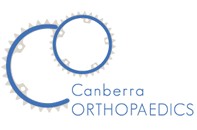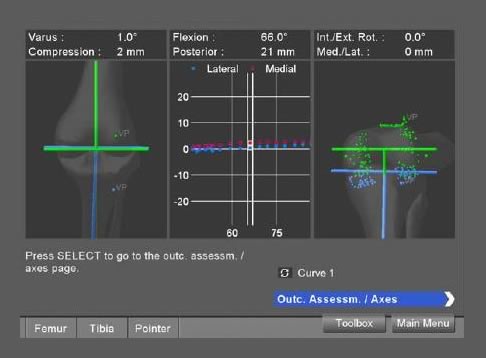Background: Computer navigation for total knee arthroplasty has improved alignment compared with that resulting from non-navigated total knee arthroplasty. This study analyzed data from the Australian Orthopaedic Association National Joint Replacement Registry to examine the effect of computer navigation on the rate of revision of primary total knee arthroplasty.
Methods: The cumulative percent revision following all non-navigated and navigated primary total knee arthroplasties performed in Australia from January 1, 2003, to December 31, 2012, was assessed. In addition, the type of and reason for revision as well as the effect of age, surgeon volume, and use of cement for the prosthesis were examined. Kaplan-Meier estimates of survivorship were used to describe the time to first revision. Hazard ratios (HRs) from Cox proportional hazards models, with adjustment for age and sex, were used to compare revision rates.
Results: Computer navigation was used in 44,573 (14.1% of all) primary total knee arthroplasties, and the rate of its use increased from 2.4% in 2003 to 22.8% in 2012. Overall, the cumulative percent revision following non-navigated total knee arthroplasty at nine years was 5.2% (95% confidence interval [CI] = 5.1 to 5.4) compared with 4.6% (95% CI = 4.2 to 5.1) for computer-navigated total knee arthroplasty (HR = 1.05 [95% CI = 0.98 to 1.12], p = 0.15). There was a significant difference in the rate of revision following non-navigated total knee arthroplasty compared with that following navigated total knee arthroplasty for younger patients (HR = 1.13 [95% CI = 1.03 to 1.25], p = 0.011). Patients less than sixty-five years of age who had undergone non-navigated total knee arthroplasty had a cumulative percent revision of 7.8% (95% CI = 7.5 to 8.2) at nine years compared with 6.3% (95% CI = 5.5 to 7.3) for those who had undergone navigated total knee arthroplasty. Computer navigation led to a significant reduction in the rate of revision due to loosening/lysis (HR = 1.38 [95% CI = 1.13 to 1.67], p = 0.001), which is the most common reason for revision of total knee arthroplasty.
Conclusions: Computer navigation reduced the overall rate of revision and the rate revision for loosening/lysis following total knee arthroplasty in patients less than sixty-five years of age.
Read the full article on www.jbjs.org

